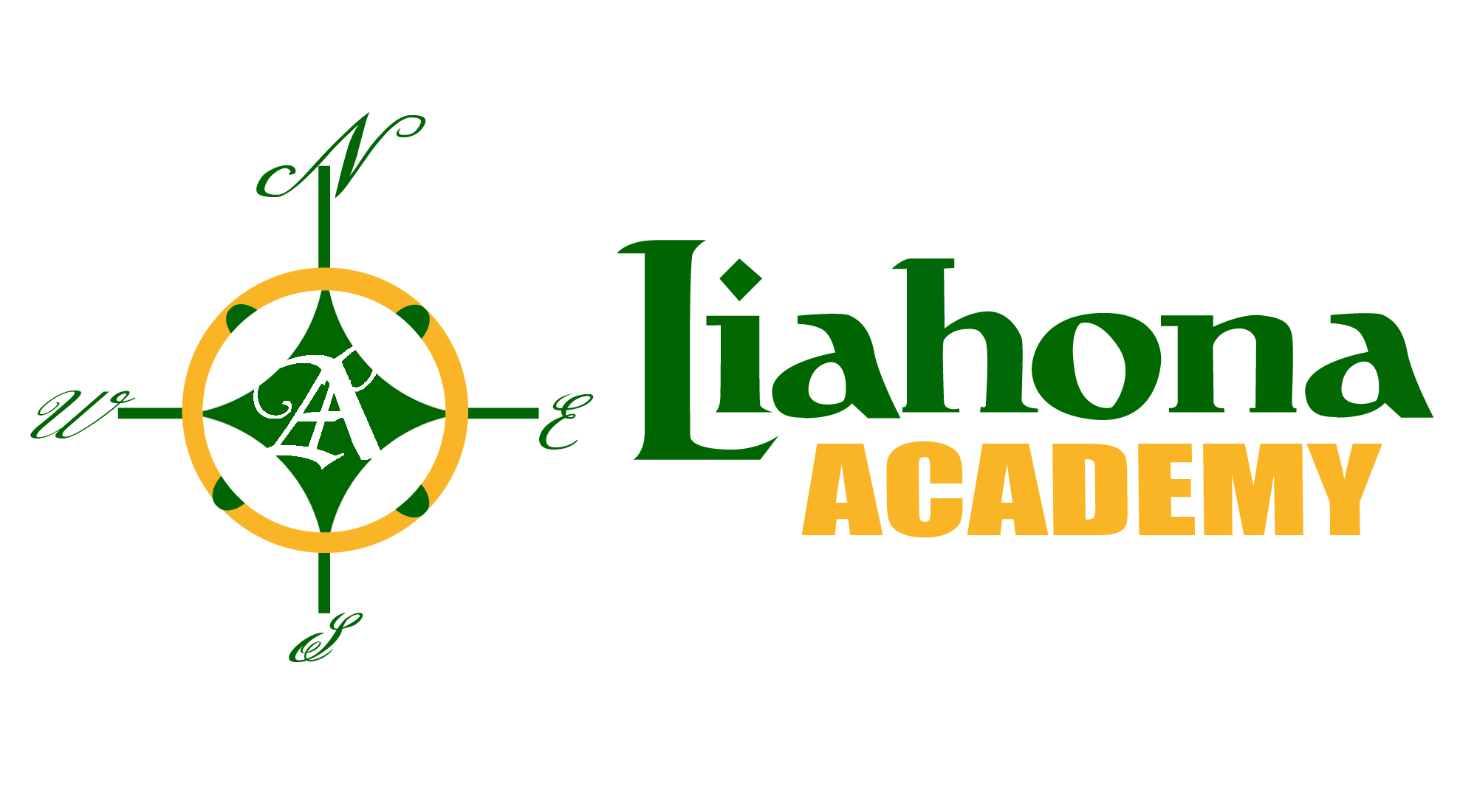It is not unusual for children to have a hard time listening to instructions or getting fidgety when they are supposed to be sitting still, however, these symptoms in the extreme are also indicators of Attention Deficit Hyperactivity Disorder, or ADHD. Because ADHD used to be misdiagnosed and misunderstood, many children with the disorder were simply labeled as troublemakers or undisciplined rather than receiving early intervention and treatment. Fortunately, researchers have made great inroads to the disorder and along with increased awareness are also increased treatment options.
In order to diagnose a child with ADHD, parents and practitioners first need to understand what symptoms set them apart from typical kids. In most cases, the signs of ADHD appear before the age of seven. The three primary characteristics of ADHD are impulsivity, hyperactivity and inattention. Kids with ADHD may have all three of these symptoms or they may only have one or two. The disorder is characterized by the presence of these factors for at least six months and must present in more than one situation, such as home and school.
· Impulsivity – An impulsive ADHD child will act without thinking, such as blurting out answers during class without waiting to be called on or even hearing the whole question. Impulsivity also presents in an extreme impatience for waiting turns as well as in interrupting others frequently. An impulsive child will also have a very difficult time keeping strong emotions in check, which result in tantrums or outbursts. Children with impulsive signs are often seen as moody, disrespectful or needy.
· Hyperactivity – Hyperactivity is the most obvious sign of ADHD. While most children are active, kids with hyperactive symptoms may try to do more than one thing at a time and constantly bounce from one activity to the next. Enforced sitting is extremely difficult and they will vent the need to still be moving by drumming fingers or shaking their legs and hands. Relaxing is difficult for children with hyperactivity signs and they often engage in excessive talking.
· Inattentive – While hyperactivity causes kids with ADHD to bounce from project to project, inattention causes them to be unable to complete any of them. Organization and concentration is very difficult for kids who are inattentive and they may miss necessary steps in procedures if there is too much distraction around them. Children who show signs of inattentive ADHD work and play best in a calm and quiet environment. Inattentiveness also presents as appearing to listen when spoken to and frequently misplacing things.
The presence of ADHD can be very stressful for families. Many of the parenting tactics, such as grounding or taking away privileges, which are successful with typical children, are unhelpful for kids with ADHD. Parental support is considered integral for an ADHD management plan as they are the ones who provide the environment. Children with ADHD require a regular routine and a calm environment as well as a system of rewards for accomplishments. Because there is no test to determine the presence of ADHD, diagnosis mainly relies on a behavioral evaluation and patient history. Parents can ensure that their child's plan of treatment evolves as they set and reach goals.
Although ADHD cannot be cured, it can be managed with the right treatment and care. Because there are varying levels of the disorder, early intervention has the greatest chance of success. Additionally, ADHD often coexists with other disorders such as learning disabilities and anxiety or depression. Between a mix of cognitive behavior therapy and medication, children with ADHD and their parents can learn to create an environment that is mutually beneficial for future success. Liahona Academy is a residential treatment center located in scenic southern Utah, specializing in helping teen boys overcome and manage the symptoms of ADHD. Liahona's experienced and highly qualified staff expect that every boy that comes to them for help will leave having gained the tools he needs to become a successful adult.


Leave a Reply